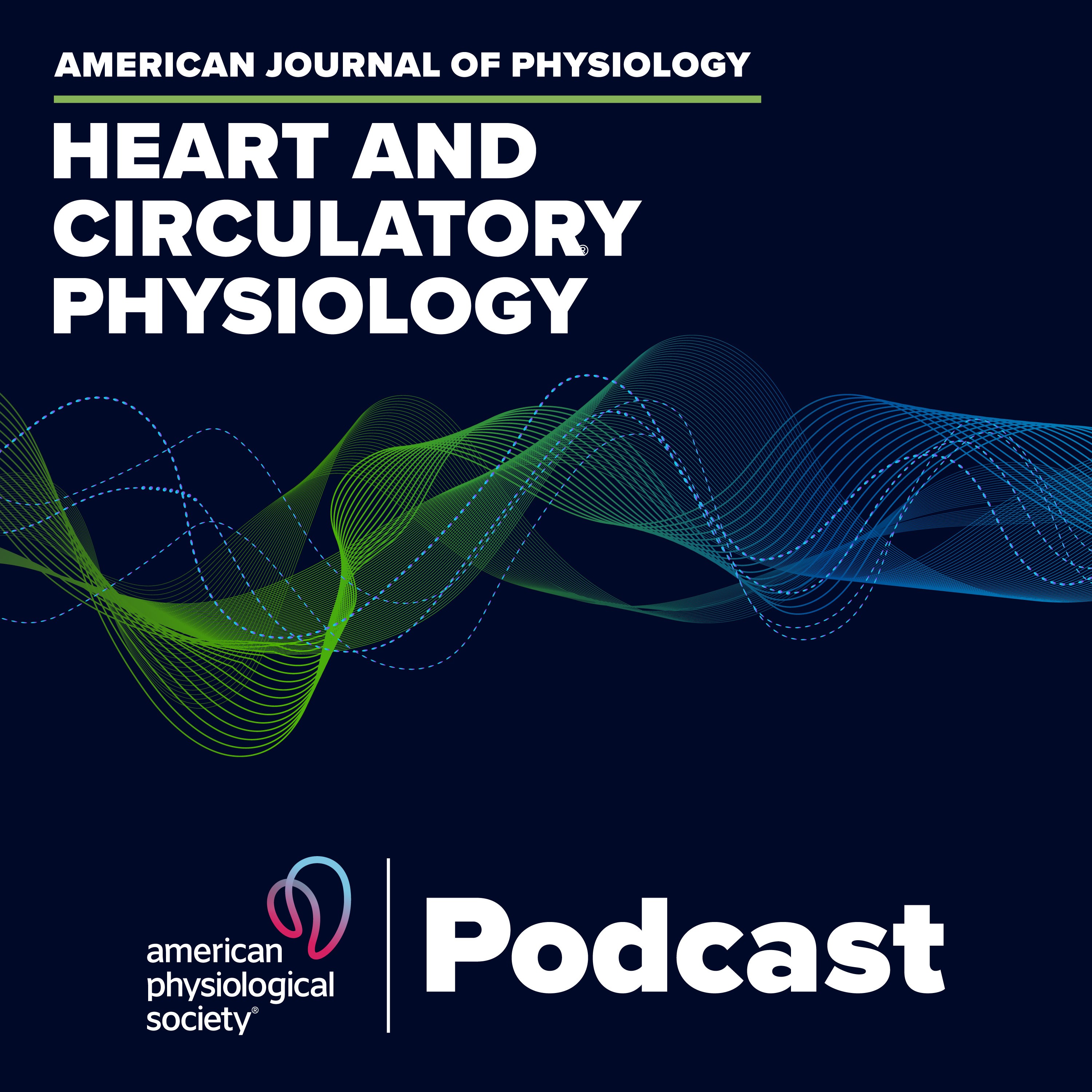Murine MI Sizing with 2D and 4D Echocardiography
Description
While echocardiography is commonly used to assess cardiac structure and function in mouse models of heart disease, can this non-invasive technique also be used to accurately measure infarct size? Listen as Deputy Editor Dr. Zamaneh Kassiri (University of Alberta) interviews co-authors Dr. Erin Mulvihill (University of Ottawa) and Dr. Craig Goergen (Purdue University), along with content expert Dr. Daniele Panetta (Institute of Clinical Physiology CNR - Pisa). Dann et al. measured and monitored infarct size by comparing and contrasting 2-D echo imaging results with 4-D echo imaging results in a myocardial infarction mouse model. 4-D ultrasound imaging allowed the authors to measure the entire volume of the left ventricle throughout the cardiac cycle, as well as analyze the progression of asymmetric ventricular remodeling. In addition, this work illustrates how authors from two different academic institutions found a novel way to collaborate during the COVID-19 pandemic and ensuing international travel restrictions. The study by Dann et al. provides a unique visualization of the infarct in 3-D, which then allowed for volumetric analysis to use contouring of the heart to produce dynamic strain maps. Listen as we discuss how the innovative imaging modalities utilized by Dann et al. allow researchers to focus on animal specific differences as well as the inclusion of both female and male animals for robust rigor and reproducibility.
Melissa M. Dann, Sydney Q. Clark, Natasha A. Trzaskalski, Conner C. Earl, Luke E. Schepers, Serena M. Pulente, Ebonee N. Lennord, Karthik Annamalai, Joseph M. Gruber, Abigail D. Cox, Ilka Lorenzen-Schmidt, Richard Seymour, Kyoung-Han Kim, Craig J. Goergen, and Erin E. Mulvihill Quantification of murine myocardial infarct size using 2-D and 4-D high-frequency ultrasound
Am J Physiol Heart Circ Physiol, published February 8, 2022. DOI: doi.org/10.1152/ajpheart.00476.2021
More Episodes
While decreased IL-33 signaling has been associated with preeclampsia, the mechanisms linking this signaling pathway to disease pathophysiology are not well understood. In this episode, Associate Editor Dr. Amanda LeBlanc (University of Louisville) interviews author Dr. Denise Cornelius...
Published 06/04/24
Published 06/04/24
In this episode, Associate Editor Dr. Jonathan Kirk (Loyola University Chicago) interviews author Dr. Ed Lesnefsky (Richmond Department of Veterans Affairs Medical Center and Virginia Commonwealth University) and expert Dr. Chi Fung Lee (Oklahoma Medical Research Foundation) about the new Methods...
Published 05/03/24


